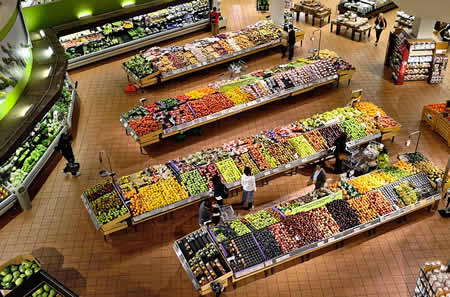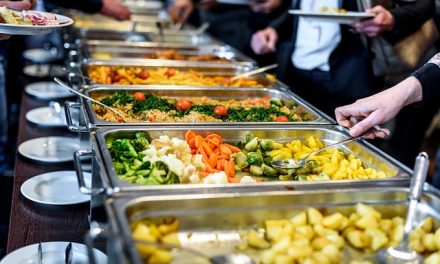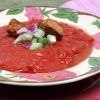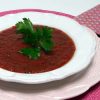Grocery shopping usually isn't at the top of anyone's list of fun activities. For people with diabetes it can seem especially overwhelming - The carbohydrates! The sugar! Making healthy choices!
But with a little planning, grocery shopping can be a very effective tool in meeting goals, from managing blood sugar levels to losing weight.
"Planning ahead and shopping carefully are two great ways to take control, because you can get more out of your time and efforts," said Melissa Joy Dobbins, MS, RDN, CDE, a Chicago-area diabetes educator and spokesperson for the American Association of Diabetes Educators (AADE). "It keeps you focused so you'll buy more foods that are healthy and fewer that have little or no nutritional value. That way you don't have to rely on your willpower when you're back home to eat less of certain foods and more of others."
Successful grocery shopping is about focusing on what's healthy, nutritious and tasty, so you'll actually enjoy eating it.
Diabetes educators can help people with diabetes make informed choices by explaining how different types of foods affect your diabetes, and sharing strategies about how to approach grocery shopping so it can help you meet your goals. They recommend starting with these tips:
First, make a list...
Create a list of items you need at the grocery store before you go. Think of the meals you'll make, the staples you're running low on and perhaps a new, healthy recipe or food item you'd like to try.
Organize the list by food group to speed up the process and keep you on track. If nothing is written under the vegetable category, that's a red flag; think about what vegetables you want to eat, and consider searching for a new recipe that you can get excited about.
Make copies of a standard list you can update every time you go, or try a smart phone shopping app.
Eat before you go...
It's never a good idea to go shopping when you're hungry; that's when you're more likely to make poor choices. Eat a healthy meal or snack.
Think inside the box, or bag or can...
Fresh fruits and vegetables are great, but they aren't your only option. Dried, canned and frozen fruits and vegetables offer nutrients, too, and can be healthy, easy and affordable additions to your diet.
Look for fruits that are packed in juice rather than heavy syrup. Look for "low-sodium" or "no salt added" canned vegetables.
Be aware that starchy vegetables such as peas, corn and potatoes contain more carbohydrates than other vegetables.
Read labels...
Look past the "sugar free" or "low fat" claims. Read the nutrition label for specific information (from fat to carbohydrates to vitamins), noting the amounts that one serving of that food provides.
Specifically:
- Consider the carbohydrates - Looking at sugar content is fine, but it's more important to consider the amount of "total carbohydrates," which affect your blood sugar. Work with a diabetes educator to learn how many grams of carbohydrates are appropriate for you to eat per snack, meal and day.
- Focus on fiber - Choose whole grain bread, rice, pasta and cereal. Then look for those that are a good source of fiber (2.5 grams or more per serving) or high in fiber (5 grams or more per serving). A healthy diet includes 25 to 30 grams of fiber from foods a day. Other good sources of fiber are beans, vegetables and fruits.
- Hunt for healthy fats - Fats are an important part of every diet, but it's important to lean towards those that are heart-healthy, such as olive and canola oil, avocado and nuts, limiting them if you are watching your weight.
Grocery shopping can be a useful tool for diabetes management, if you do it wisely. Find a diabetes educator near you who can help you determine the best way to harness its power.
Source: AADE










